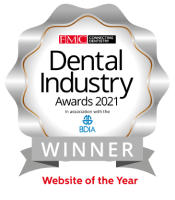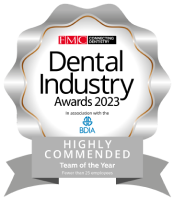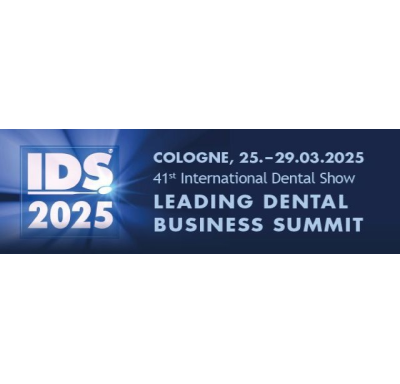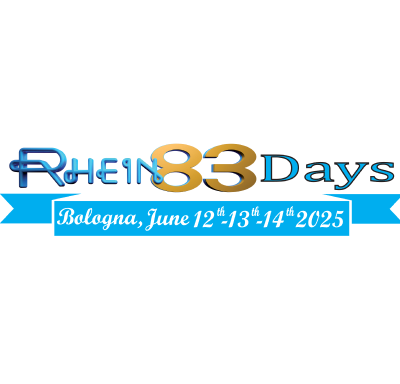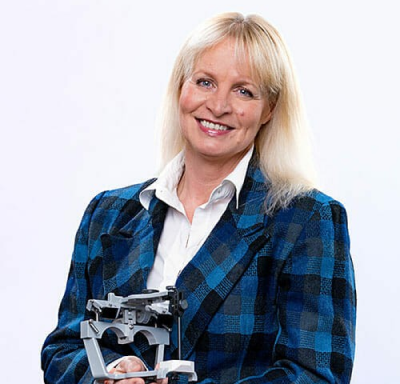Get smart and bioactive
Lucy Gabbitas looks towards the future of dentistry
The term ‘smart behaviour’ was first credited to Professor JF McCabe, as he studied the potential benefits of this type of product compared to the more traditional, long term use of ‘passive’ materials that had no interaction with their environment.
Materials such as amalgams, composites and cements are often judged on their ability to survive without interacting with the oral environment having a relatively ‘neutral’ existence in the mouth. Being ‘passive’ they are considered to offer greater stability and durability whilst doing no harm or injury.
Professor McCabe considered this “an entirely negative approach to material tolerance and biocompatibility and hides the possibility that some positive gains can be achieved by using materials which behave in a more dynamic fashion in the environment in which they are placed.”
One company, Pulpdent, have long been up to this type of challenge and with the evolving and cumulative process of research and development, developed ACTIVA a true bioactive, smart material, over the course of almost 20 years. The product was born when their research team began to put these various chemistries and fillers together in different ways to develop products for various dental applications. Pulpdent are proud to share that it took years to get the product right – numerous animal, biocompatibility, bone implant and microleakage studies, together with more studies on mechanical and chemical properties of the materials at every stage of development. In addition to the in-house science team and consulting dentists, they worked with expert scientists in highly specialized fields of investigation whilst also undertaking studies at universities around the world. Upon FDA approval, clinical evaluation informed small adjustments to the handling characteristics and esthetics of the material to ensure it worked well in the hands of the dentist.
What defines Bioactive restorative materials?
“Bioactive” materials meet specific criteria and should not be confused with materials classified as bio-interactive, biomimetic, or biocompatible. Bioactive materials have all these properties and more. Scientific researchers currently define Bioactive materials as:
Bioactive dental materials stimulate the natural remineralization process. They are moisture friendly, transport water, and release and recharge essential minerals such as calcium, phosphate, and fluoride. They are dynamic, not passive, and in the presence of saliva they elicit a biological response that forms a layer of apatite and a natural bond between the material and the tooth. These properties are verified by scientific investigation.
FACT: Biochemistry only occurs in the presence of water. Only moisture friendly materials that transport water can be bioactive.
How do Bioactive materials work?
Unlike traditional restoratives, which are hydrophobic and passive, bioactive materials are moisture-friendly and elicit a response from living tissue, integrating and forming a natural bond with tooth structure. They participate in the dynamic exchange of ions and stimulate the remineralization process, releasing and recharging beneficial mineral components such as calcium, phosphate and fluoride ions.
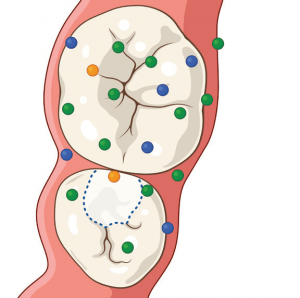
Just like teeth, bioactive materials respond to pH changes in the mouth. When the pH is low, the
demineralization process releases calcium and phosphate ions from both the tooth surface and the bioactive restorative material. When the pH rises, calcium and phosphate ions that are available in the saliva recharge the material and precipitate onto the tooth, forming a layer of apatite. Bioactive materials play a dynamic role and support this natural remineralization process.
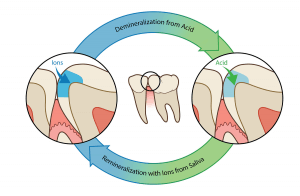
and re-mineralisation cycle in response
to changes in pH.
A smart choice.
ACTIVA is a “smart” material that responds to pH cycles in the mouth. During low pH demineralization cycles, ACTIVA releases more phosphate and calcium ions. These ions have the ability to reside in the pellicle layer or saliva and be available to interact with fluoride ions, thus facilitating the precipitation of fluorapatite layers.
Deposition of Calcium and Phosphate on ACTIVA BioACTIVE-RESTORATIVE and ACTIVA BioACTIVE-CEMENT, EDS Analysis
| Control | 14-days | 28-days | |
| Phosphorous (Cement) | 1.745 | 5.783 | 5.485 |
| Calcium (Cement) | 2.805 | 5.196 | 4.582 |
| Phosphorous (Restorative) | 1.278 | 2.603 | 4.992 |
| Calcium (Restorative) | 1.179 | 2.956 | 4.810 |
Chart shows increased concentrations of calcium and phosphorous on the surface of ACTIVA Cement and Restorative, in weighted %, at 14 and 28 days compared to the control. Analysis conducted by Energy Dispersive Spectroscopy (EDS).
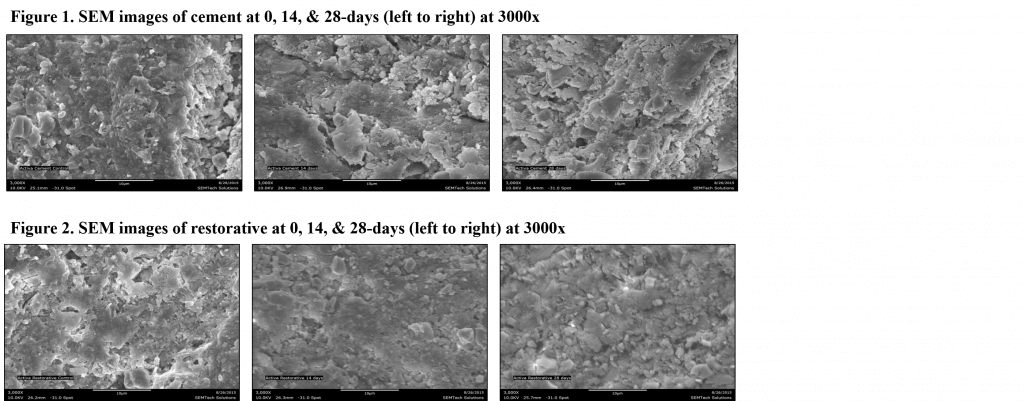
Scanning Electron Microscopy (SEM) at 3000x magnification provides visual images of calcium and phosphate precipitation on the surface of ACTIVA BioACTIVE-CEMENT and ACTIVA BioACTIVE-RESTORATIVE at zero days (control), 14 days, and 28 days. The increased mineral content of the surface is validated by EDS analysis (see chart above)
How is ACTIVA different from other Bioactive materials?
ACTIVA is the only esthetic bioactive restorative material. Calcium based-materials, such as calcium hydroxide, calcium silicate (MTA), and calcium aluminate are bioactive. They are moisture friendly, transport water, release essential minerals, and stimulate apatite formation and the natural remineralization process. They may be suitable for endodontic applications, pulp capping, or as dentin replacement materials; however, they are not esthetic materials, and their physical properties are not suitable for final, esthetic restorations. ACTIVA is esthetic and durable, and it is both a dentin and enamel replacement material.
Why go Bioactive?
For years, dentists have relied on traditional, passive composite materials to restore form and function to teeth. ACTIVA, a new class of esthetic bioactive materials, offers a dynamic, “active” restorative solution that looks and behaves like natural teeth and has the ability to stimulate formation of a protective layer of hydroxyapatite that helps seal the material-tooth interface and prevent microleakage and failure.
Traditional composites have the strength and esthetics dentists want, but they are not bioactive, release minimal fluoride, and don’t bond chemically to teeth. In fact, they’re hydrophobic and are actually repelled by teeth, forming gaps and compromising the seal. To adhere, they require bonding agents that leave white lines, degrade, and leak at the margins, which causes staining.
Eventually, the microleakage results in secondary decay and failure.


marginal staining. Images Courtesy of Dr. John Comisi.
Glass ionomers (GIs) are hydrophilic, release a large amount of fluoride, and chemically bond to tooth structure to seal against bacterial leakage, but they just don’t offer the esthetics patients want. They are soluble, have poor physical properties, do not stimulate formation of a hydroxyapatite layer, and simply don’t last. Resin-modified glass ionomers (RMGIs) incorporate reactive ionomer glass in a resin matrix. They offer advantages over glass ionomers, including longer working time, controlled setting time, less sensitivity to environmental moisture changes, and improved esthetics and durability, but their esthetics and physical properties do not compare to composites and are not suitable for esthetic restorations. Traditional glass ionomers and RMGIs are also known for their poor tensile strength, brittleness, and low wear resistance. This, unfortunately, means they can’t be used in some load-bearing, long-term clinical situations.
“With Activa, you can restore a tooth in a very short period of time. You’re going to be sure that it’s
cured from top to bottom because it is self-curing, light-curing, and able to fill the gaps and voids as
well as release bioactive components to help with biomineralization, which helps to seal the tooth.”
Dr. John Comisi on using ACTIVA BioACTIVE-RESTORATIVE
Advantages of rubberized-resin.
ACTIVA BioACTIVE products feature a shock-absorbing rubberized-resin component that absorbs stress, increases durability, and resists fracture and chipping. This patented technology eliminates the brittleness found in traditional materials. ACTIVA also displays very low water solubility and low water absorption, which increases durability and longevity. The ionic resin matrix and reactive glass fillers mimic the physical and chemical properties of natural teeth, giving patients the optimal function, durability, and esthetics they want.
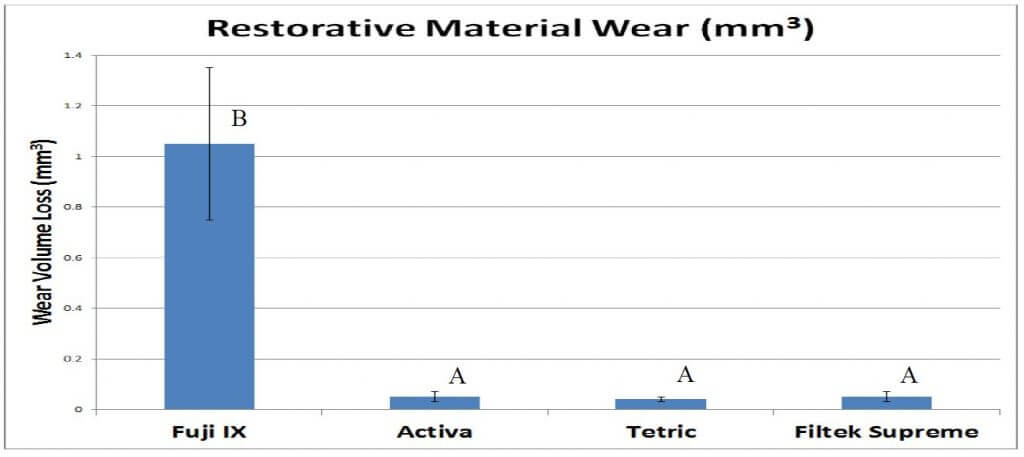
Bioactive advantages to your patients and your practice.
With public demand for healthy products significantly increasing, awareness of BPA-free products in particular is also becoming far more mainstream. ACTIVA BioACTIVE materials imitate nature, mimicking the physical and chemical properties of teeth and already contain no Bisphenol A, no Bis-GMA and no BPA derivatives. With patients starting to look for this type of product differentiation, together with longevity and value in their dentistry care, discussing the benefits of bioactive materials demonstrates your commitment to patient education, prevention, and overall health, whilst strengthening the patient-dentist relationship. It also positions a practice as an early adopter of innovative advanced materials that deliver direct patient benefits.
Copyright © Prestige Dental Products UK Ltd 2025
Registered in England, UK no. 2391338. VAT no. 5580015.

